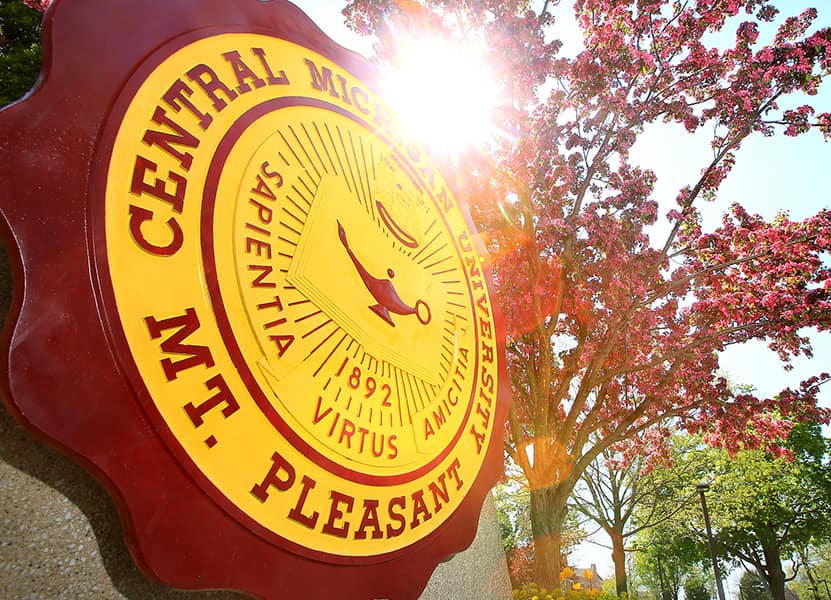The collection documents the history, committees, activities, building renovations, 125th anniversary, and people of the church in registers, meeting minutes, photographs, newsletters, bulletins, sermons, and other materials. The collection is ongoing. Allergy Alert: Researchers with allergies should use Boxes 16-17 with caution.
The organizational records of the church are filed alphabetically and then chronologically in the following major series: The Evangel (the church’s monthly newsletter), 1966-1968, 1972-1985, 1987-current, and undated; Parish Registers, 1875-1958, which document the baptisms, confirmations, marriages, and burials of parishioners; Vestry meeting minutes, 1947-current, which record the business of the church officers and committees; Registers of Services, 1913-1975, which list the day, time, and the number of attendees and communicants at each service; and the St. John’s, later called the Ladies’ or Women’s, Guild meeting minutes, which include bylaws, member lists, accounts, and related materials of the Guild, 1886-1974 and undated; and, lastly, a variety of blueprints, notes, meeting minutes, bids, photographs, and other materials documenting Renovations of the church building and grounds, 1978-1982, 1992-1996, and undated. Other records, such as programs for special services, Lenten Prayer Booklets, and materials documenting the Boy Choir are included in the collection.
Early records of the Rt. Rev. J. N. Rippey, who served as acting rector of several churches including St. John’s from 1887 through 1910, include: a journal and parish registry book with baptisms, confirmations, burials, and marriages, 1887-1911, and three scrapbooks, 1874-1935 and undated, which document Rippey’s life and work, as well as the news of other Episcopalian clergy and parishes in Michigan with newspaper clippings, service programs, and newsletters from various Episcopal churches. Two handwritten sermons of Rev. Rippey dated June 28 and July 29, 1908 are also included.
Materials related to the illness, death, contract, and sermons of Rev. John H. Goodrow, are also included. Goodrow served as rector at St. John’s from 1962 until his sudden death in 1985. The Goodrow Fund at St. John’s was established and named in his honor. Materials documenting the Goodrow Fund are also in the collection.
The older materials, particularly the scrapbooks are highly acidic and fragile and should be handled with care by researchers.
Numerous materials documenting the events of the 125th anniversary are included, as is documentation on the development and workshops of the Center for Christian Spirituality.
Also included are sermons of Rev. Wayne Nicholson, a beloved, gentle priest at St. John’s from 2007 to present, who was blessed with the gift of writing and presenting wonderful sermons. His coming to St. John’s encouraged the 125th anniversary events and made the establishment and success of the Center for Christian Spirituality possible.
Ground Breaking for the joining of the existing buildings and remodeling of them began with a special Pentecost service with music created by one of St. John’s organists, Dr. Moonyeen Albrecht, and our Deacon Nancy Casey Fulton, on May 15, 2016 (See Box 15: Building Remodel/Ground Breaking Materials, 2015- folder).
Vestry Meeting Minutes, 1947-current are in the collection. Vestry Minutes, 1957-1982 (1 cubic ft. in Boxes 16-17) were added to the collection in 2016. They were previously housed in the basement and have a strong mildew smell. Allergy Alert: Researchers with allergies should use Boxes 16-17 with caution.
Boxes 19-20 include more information on Rev. Wayne Nicholson, who died unexpectedly in 2019, shortly after he retired. Early deeds, significant mortgages on church property, and information on the creation and purchase of the pipe organ created by Gabriel Kney, and the stained-glass windows and tabernacle, created by Conrad Schmitt Studios, Milwaukee, Wisconsin, are included. Other materials document a new phase of the Center for Christian Spirituality, historical materials of the Boys Choir, and recordings of services and music.
